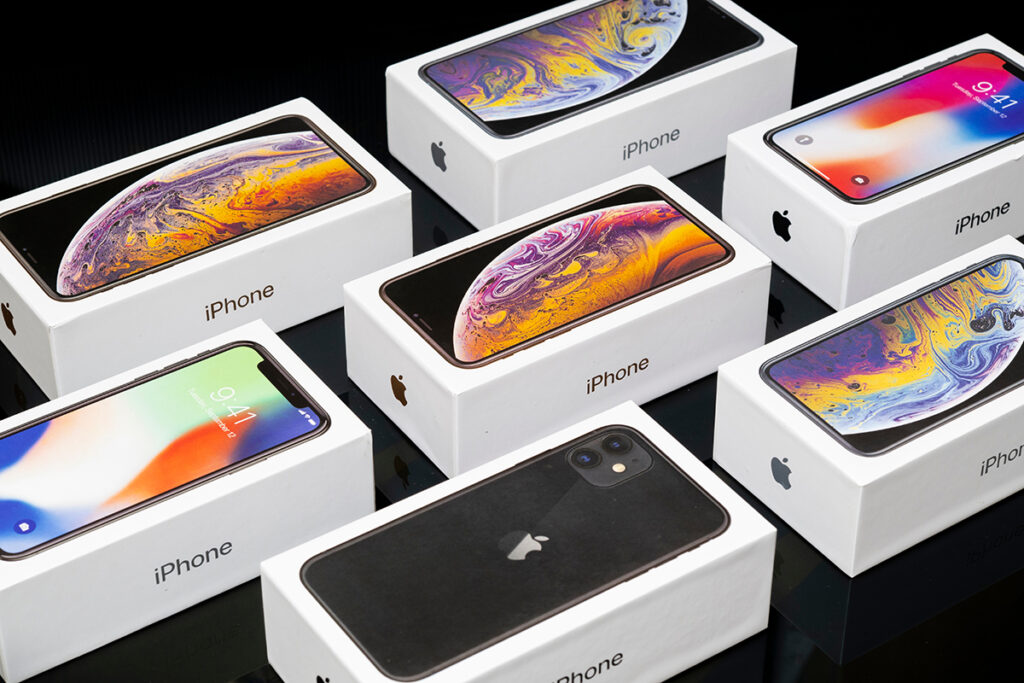Apple, once hailed as the epitome of smartphone innovation and dominance, is now grappling with a significant decline in iPhone sales, particularly in the crucial Chinese market. According to the latest report from market research firm IDC, Apple’s smartphone sales plummeted by a staggering 10% in the last quarter, marking a notable setback for the tech giant.
The primary driver behind Apple’s faltering sales figures is the sharp decline in iPhone purchases in China. A combination of factors including rising nationalism, economic challenges, and intensified competition has eroded Apple’s market share in the world’s most populous country. This decline underscores a broader trend of Chinese consumers increasingly turning to domestic smartphone brands, posing a formidable challenge to Apple’s longstanding dominance.
While Apple has demonstrated resilience in overcoming supply chain disruptions and macroeconomic hurdles in the past, its current struggles in China reflect a more formidable challenge. Despite efforts to shore up sales through discounts and promotional campaigns, Apple’s grip on the Chinese market appears to be slipping, with domestic rivals gaining ground.
Samsung, Apple’s perennial rival, has seized the top spot in smartphone manufacturing, reclaiming its position after a brief interlude. The South Korean tech giant’s resurgence underscores the intensifying competition in the global smartphone market, where Android-powered devices are gaining momentum at the expense of iOS.
Android’s resurgence is particularly noteworthy, with IDC predicting its growth to outpace iOS by a significant margin. This trend is attributed to Android’s strong performance in recent years, leaving ample room for further expansion compared to its iOS counterpart. With Android manufacturers like Samsung doubling down on artificial intelligence (AI) features and advancements, Apple faces mounting pressure to innovate and differentiate its offerings.
In the first quarter of 2024, global smartphone shipments witnessed a modest uptick of 7.8% year-over-year, signaling a potential rebound after two years of macroeconomic challenges. Samsung emerged as the frontrunner with a commanding 20.8% market share, followed closely by Apple with 17.3%. Chinese manufacturer Xiaomi also made significant strides, capturing 14.1% of the market.
Despite Apple and Samsung’s continued dominance, the resurgence of Chinese smartphone brands like Huawei poses a formidable threat to their market supremacy. Huawei’s Mate 60 smartphone, featuring a sophisticated processor that defied US restrictions on chip technology, garnered significant attention and raised questions about the efficacy of trade sanctions in curbing China’s technological ambitions.
While Samsung has embraced AI as a cornerstone of its latest flagship Galaxy S24 lineup, Apple’s approach to artificial intelligence remains less defined. Analysts contend that Apple’s lack of a cohesive AI strategy could hamper its ability to attract consumers in an increasingly AI-driven landscape. With consumers placing greater emphasis on AI-powered features in messaging, photography, and gaming, Apple’s June developer conference presents an opportunity to articulate a compelling vision for AI integration.
As Apple navigates the evolving smartphone landscape, the company faces mounting pressure to adapt to shifting consumer preferences and technological trends. While challenges abound, Apple’s history of innovation and brand resilience suggest that the tech giant is capable of weathering turbulent times and emerging stronger on the other side. However, the road ahead remains fraught with uncertainties, as Apple contends with a rapidly evolving competitive landscape and changing consumer preferences.


